Disclosure: This article contains affiliate links. We may earn a commission from purchases at no extra cost to you, which helps our travel content.
Standing at the edge of Peru's arid Nazca Desert, I couldn't help but feel the profound weight of mystery surrounding me. The legendary Nazca Lines—massive geoglyphs etched into the earth over 1,500 years ago—remained hidden in plain sight until I was airborne. As someone who's walked through ancient temples across Southeast Asia and studied rock art in New Zealand, I can confidently say that few historical sites blend natural grandeur and human ingenuity quite like these enigmatic desert drawings. Whether you're a history enthusiast or simply curious about one of humanity's most compelling mysteries, this weekend guide will help you navigate the wonder of Nazca with intention and respect.
Planning Your Nazca Flight Experience
The Nazca Lines exist primarily to be viewed from above, making a flight tour the centerpiece of any visit. After researching extensively, I opted for a morning flight when air turbulence is minimal—a choice my stomach thanked me for later.
Flights typically last 30-45 minutes and depart from Maria Reiche Airport, about 5km from Nazca town. Prices hover around $80-120 USD depending on season and aircraft size. I recommend booking through your accommodation or a reputable agency in Lima before arrival, though same-day bookings are possible during quieter periods.
Before boarding, I prepared with my trusty anti-nausea wristbands and a lightweight camera strap that kept my equipment secure during the frequent banking turns. The pilots make sharp maneuvers to ensure both sides of the aircraft get clear views of each figure—a thoughtful touch, but potentially challenging for those prone to motion sickness.
While onboard, maintain the mindful breathing techniques that have served me well through turbulent flights across Thailand's monsoon season. The pilots announce each figure in Spanish and English, giving you time to position your camera before banking.

💡 Pro Tips
- Book morning flights (before 11 am) for smoother air and better visibility
- Bring motion sickness remedies even if you don't normally need them
- Use a polarizing filter on your camera to reduce glare from the desert floor
Understanding the Ancient Mystery
After experiencing the lines from above, I spent an afternoon at the Maria Reiche Museum to deepen my understanding of these enigmatic creations. Named after the German mathematician who dedicated her life to preserving and studying the lines, this modest museum provides crucial context.
The Nazca Lines were created between 500 BCE and 500 CE by removing the reddish-brown iron oxide-coated pebbles that cover the desert surface, revealing the lighter-colored ground beneath. With over 300 figures ranging from simple lines to complex zoomorphic designs, they've puzzled researchers for decades. Theories about their purpose range from astronomical calendars to ritual pathways and water-related ceremonies.
I found myself contemplating the concept of wabi-sabi—the Japanese philosophy embracing impermanence and imperfection—as I learned how these fragile lines have survived centuries of wind and rare rainfall. Their preservation seems almost miraculous, a testament to the region's extremely dry, stable climate.
Before my visit, I read The Nazca Lines: A New Perspective, which provided valuable insights beyond what tour guides typically share. This background knowledge transformed my experience from mere sightseeing to meaningful cultural immersion.
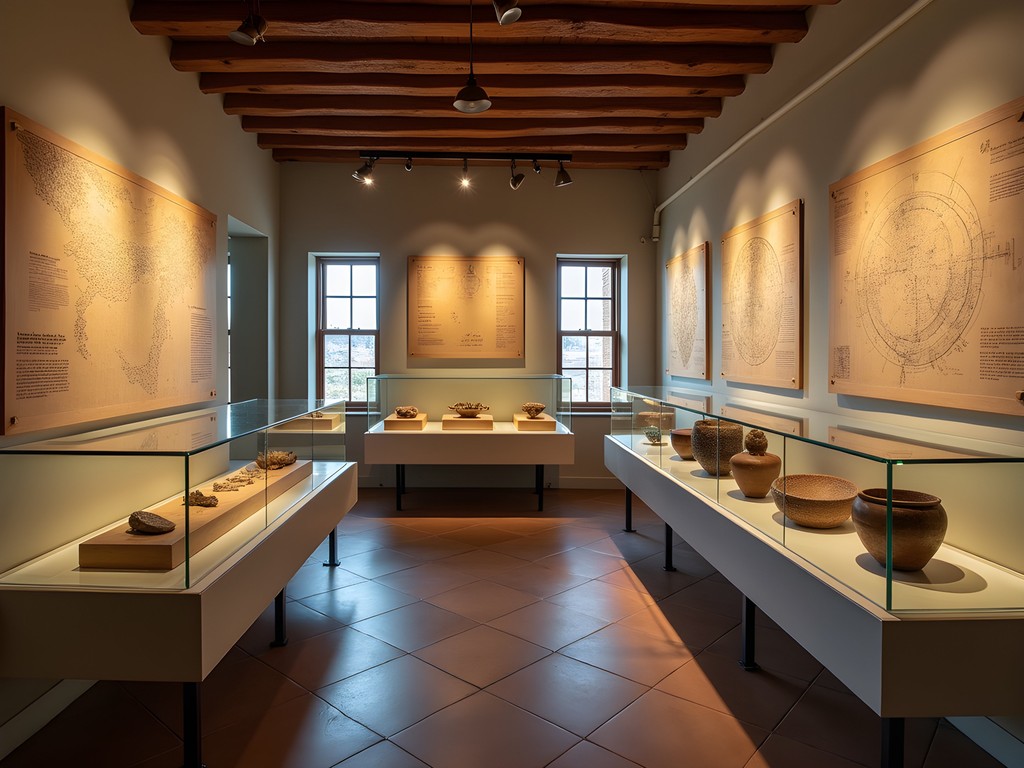
💡 Pro Tips
- Visit the Maria Reiche Museum early in your trip to appreciate the aerial tour more fully
- Bring binoculars to the Mirador observation tower for a budget-friendly ground view
- Download offline maps as cell service is spotty throughout the region
Beyond the Lines: Nazca's Hidden Archaeological Treasures
While the Lines rightfully steal the spotlight, Nazca offers several lesser-known archaeological sites worth exploring. I dedicated my second day to these ground-level wonders, starting with the Cantalloc Aqueducts (Puquios).
These spiral-shaped stone structures, built by the Nazca civilization around 1,500 years ago, form an impressive underground aqueduct system that still functions today. Standing beside these engineering marvels while the morning light cast long shadows across the desert, I gained new appreciation for the ingenuity of ancient Peruvians who thrived in this seemingly inhospitable environment.
Next, I visited Cahuachi, once the ceremonial center of Nazca culture. Though less restored than other Peruvian archaeological sites, its adobe pyramids rising from the desert floor create a hauntingly beautiful landscape. I recommend hiring a local guide here—mine shared insights about ceremonial practices that connected deeply with my interest in mindfulness traditions across cultures.
The Chauchilla Cemetery, with its mummified remains visible in open graves, offers a somber but fascinating glimpse into Nazca funerary practices. The preserved hair and textiles on mummies dating back to 900 CE are remarkably intact due to the desert's arid conditions.
Navigating between these sites requires transportation, and I found my compact binoculars invaluable for appreciating distant architectural details without disturbing protected areas.
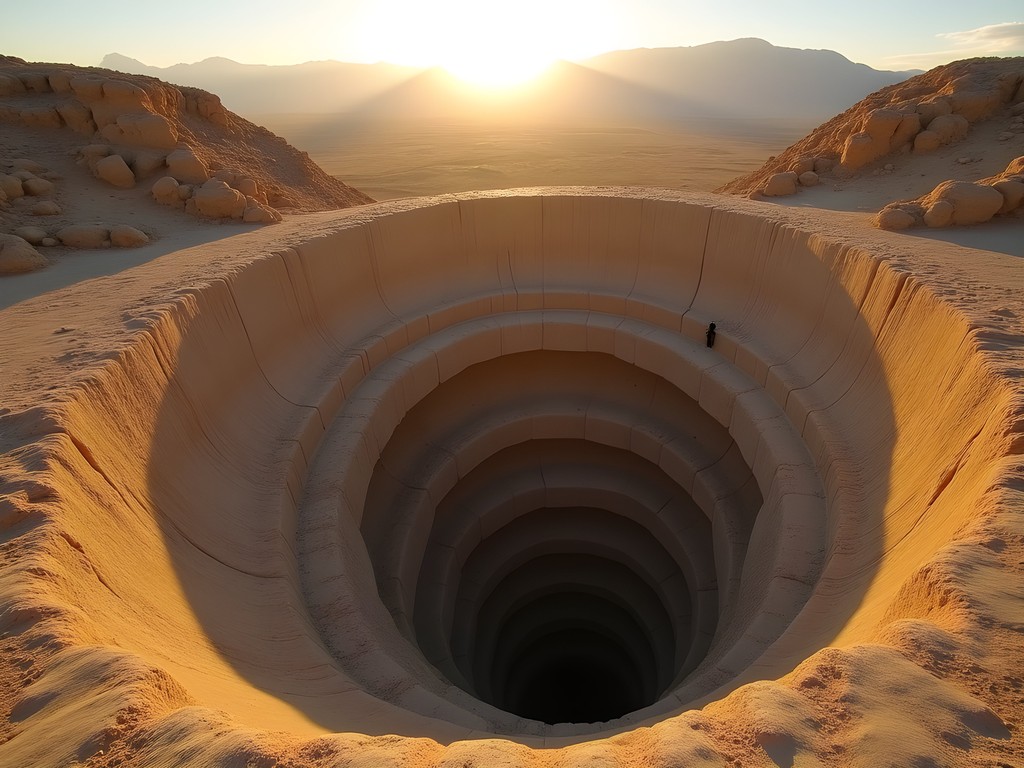
💡 Pro Tips
- Hire a local guide for Cahuachi who can explain the significance of different structures
- Visit Chauchilla Cemetery in late afternoon when the lighting creates dramatic shadows
- Bring at least 1.5 liters of water per person for these desert excursions
Practical Logistics: Staying and Moving in Nazca
Nazca town itself is small and walkable, with accommodations ranging from budget hostels to comfortable mid-range hotels. I stayed at Hotel Nazca Lines, a mid-range option with a pleasant courtyard where I practiced morning meditation before each day's adventures.
For meals, I recommend Casa Andina's restaurant for dinner and the small family-owned Pachamanca near the main plaza for lunch. The latter serves traditional pachamanca—meat and vegetables cooked underground with hot stones—a technique that reminded me of similar earth-oven cooking I've encountered in New Zealand's Māori cuisine.
Most travelers arrive in Nazca via bus from Lima (approximately 7 hours) or Arequipa (8-9 hours). I opted for an overnight Cruz del Sur bus from Lima, using my travel pillow to catch some sleep before arriving fresh for my morning flight. The bus terminal is about 2km from the town center—an easy taxi ride.
For exploring archaeological sites beyond town, you have three options: organized tours (approximately $40-60 USD), hiring a taxi for the day (negotiate around $50-70 USD), or renting a bicycle for closer sites like the Cantalloc Aqueducts. I chose a private taxi, which allowed me to adjust my schedule and linger at sites that particularly captured my interest.
The desert sun is intense year-round, so my packable sun hat proved essential for protection during outdoor explorations.
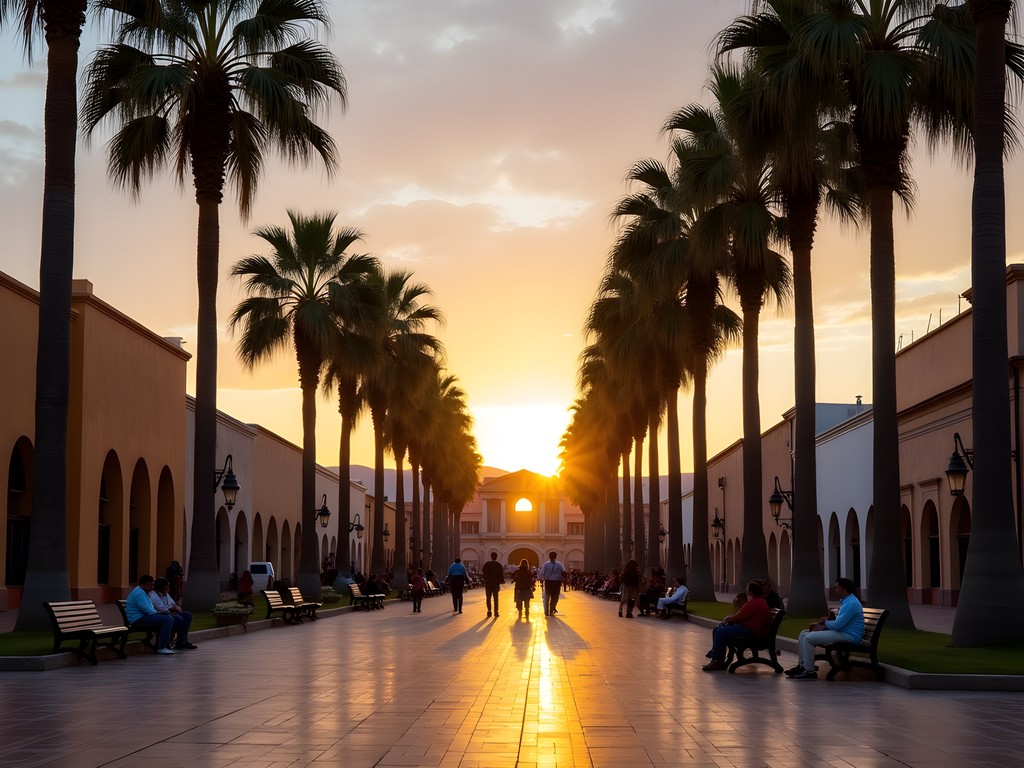
💡 Pro Tips
- Withdraw cash in Lima or larger cities as ATMs in Nazca can be unreliable
- Confirm your bus departure time a day in advance as schedules sometimes change
- Book accommodation with air conditioning if visiting December-March when temperatures regularly exceed 90°F (32°C)
Final Thoughts
As my weekend in Nazca drew to a close, I found myself sitting on a small hill overlooking the desert at sunset, contemplating the remarkable human drive to create meaning through connection with the cosmos. These ancient lines—only fully visible from a perspective their creators could never have experienced—remind us that sometimes we build things not for immediate recognition but as messages extending beyond our own lifetimes.
Nazca requires intentional travel. Its treasures don't reveal themselves to the rushed or distracted visitor. By approaching this landscape with curiosity and patience, you'll discover layers of meaning beyond the initial visual impact of the famous geoglyphs.
Whether you're captivated by archaeological mysteries, ancient engineering feats, or simply the meditative quality of vast desert landscapes, Nazca offers a weekend adventure that will challenge your perceptions and leave you with questions that linger long after your return home. As we say in Japanese, ichigo ichie—one time, one meeting. Your encounter with Nazca will be uniquely yours, a singular moment of connection with one of humanity's most enduring enigmas.
✨ Key Takeaways
- Book morning flights for optimal viewing conditions of the Nazca Lines
- Extend your visit beyond the famous geoglyphs to explore impressive aqueducts and archaeological sites
- Consider hiring local guides to gain deeper cultural context and support the local economy
📋 Practical Information
Best Time to Visit
May-October (dry season with clearest skies)
Budget Estimate
$250-400 for a weekend (including flights over lines)
Recommended Duration
2-3 days
Difficulty Level
Moderate

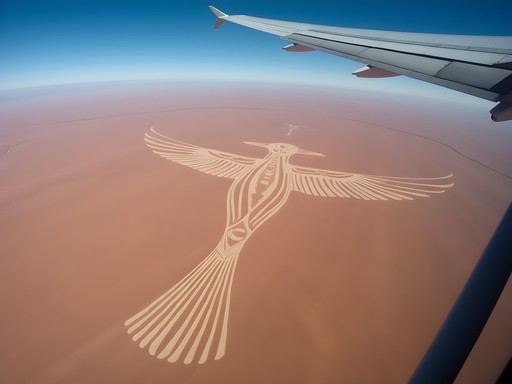
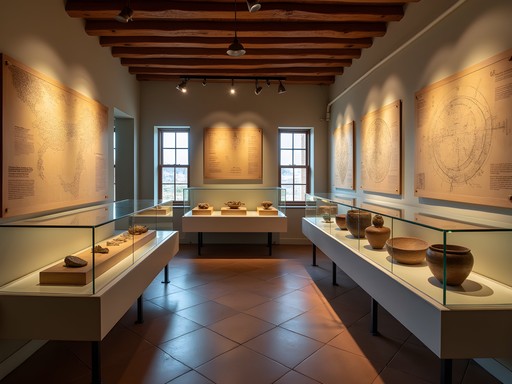

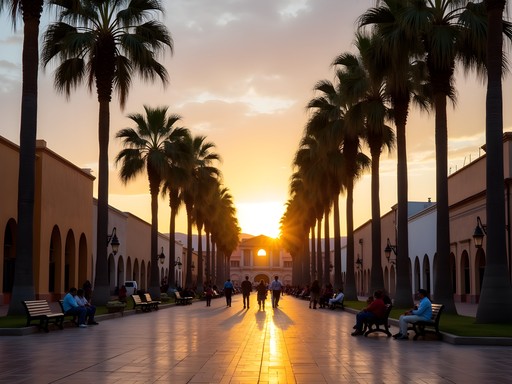


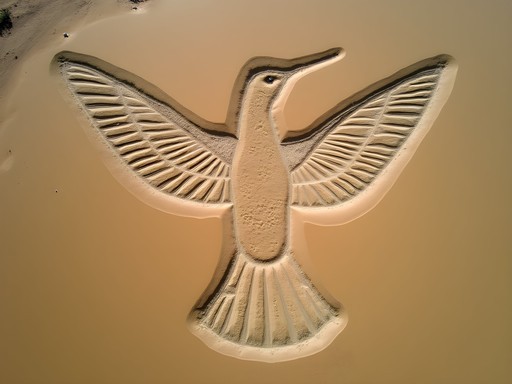







Comments
Bryce Diaz
Elizabeth, your section on 'Beyond the Lines' was exactly what I needed! Just got back from Peru last month and wish I'd read this before. I spent two full days in Nazca but focused only on the lines. Completely missed the Chauchilla Cemetery which sounds fascinating. The sunset contemplation you described really resonated with me - I had a similar moment sitting at a small café in town watching the desert colors change. For those planning a visit, I'd add that the best flight times are early morning (6-8am) when winds are calmest. By afternoon, it gets quite turbulent. Also, the local chicha morada drink is perfect after a hot day exploring!
GlobeTrekker42
If anyone's planning this trip, try to get the first morning flight (around 8am). The air is calmer and visibility is best before the desert heat creates turbulence. We went at noon and it was pretty bumpy!
SoloTravelerJane
Yes! Morning flights are definitely better. I did a 2pm flight and felt so sick afterward.
PeruAdventurer
Your sunset photo at the end is absolutely stunning! Perfect capture of the desert colors.
Hunter Thompson
Brilliant write-up, Elizabeth! I was in Nazca last year and completely agree about those 'hidden archaeological treasures' you mentioned. The Cantalloc Aqueducts blew my mind - incredible engineering that still works today! For anyone going, I'd add that the Chauchilla Cemetery is properly eerie but absolutely worth visiting. Those preserved mummies with their hair still intact after 1000+ years... wild stuff! One tip: I took anti-nausea wristbands for the flight and they were lifesavers - those planes make some sharp turns to give everyone a view of each geoglyph!
Elizabeth Stephens
Thanks Hunter! The Chauchilla Cemetery was definitely haunting - I wish I'd written more about it. And good shout on the motion sickness solution - our pilot was doing some serious banking maneuvers to show us the monkey figure!
tripfan5602
Just ordered those bands! I get motion sick on regular flights so definitely need them for this. Did either of you visit the Palpa lines too or just stick to Nazca?
Hunter Thompson
I did both! The Palpa lines are less famous but equally fascinating. Some flights include both areas, but you have to specifically request it. Costs a bit more but worth it if you're into this stuff!
tripfan5602
This is perfect timing! I'm heading to Peru next month and was debating whether to include Nazca. How long would you recommend staying there? Was the flight worth the price?
Elizabeth Stephens
I'd say 2 days is perfect for Nazca! The flight is absolutely worth it - it's the only way to truly appreciate the scale and precision of the lines. Just take motion sickness pills if you get queasy easily, those small planes make tight turns!
tripfan5602
Thanks Elizabeth! Adding it to my itinerary now. Did you book your flight in advance or when you got there?
Elizabeth Stephens
I booked about a week ahead through my hotel, but in low season you could probably book on arrival. In peak season (June-August), definitely book ahead!
bluenomad
For anyone planning a visit, don't miss the Antonini Archaeological Museum in town. It's small but has some amazing textiles and pottery that help explain the Nazca culture. Also, the viewing tower along the Pan-American Highway lets you see three of the figures without taking a flight, perfect if you're on a budget!
coolguide3194
Is the tower view actually worth it? I've heard you can barely see anything from there.
bluenomad
It's limited - you can see the hands and tree designs, but they're not as impressive as from the air. Still, if flights are out of your budget or you get motion sick, it's better than nothing!
happyseeker
Just booked my flight after reading this! Can't wait to see the hummingbird design!
Claire Hawkins
Your guide brought back so many memories! We visited with our kids (10 and 12) last summer, and they were absolutely fascinated. One tip for families - before going, we watched some documentaries about the theories behind the lines which really enhanced the experience for them. The Cahuachi ruins you mentioned were actually the highlight for my history-obsessed daughter! Much less crowded than other Peruvian sites. We used kids binoculars for viewing from the observation tower which worked perfectly for spotting the hands and tree designs. Did you make it to the Cantalloc Aqueducts? Those were surprisingly impressive engineering feats!
freehero
Great post! I get motion sickness easily - how bumpy is the flight over the lines? Is it worth taking motion sickness pills beforehand?
Elizabeth Stephens
Definitely take motion sickness pills! The planes make tight circles over each figure so you can see them clearly. I saw several people get sick on my flight. Take medication 30-60 minutes before and try to fly early morning when there's less turbulence.
bluenomad
I second that advice! I'm prone to motion sickness and the early morning flight + Dramamine saved me. The constant banking and turning can be rough if you're sensitive.
globefan
Wow! Been dreaming of seeing the Nazca Lines since I was a kid. Your post just pushed it to the top of my bucket list!
Venture X
Premium card with 2X miles, $300 travel credit, Priority Pass